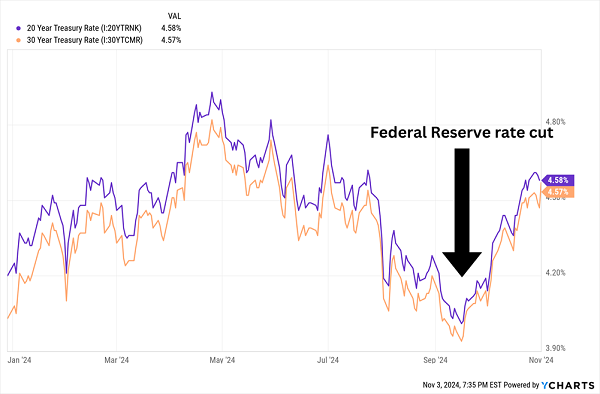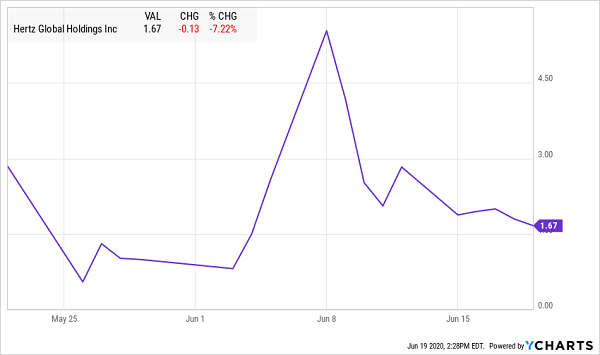Some of our favorite bond funds (yielding 8%+) just took a header. And it’s setting up the best buying opportunity we’ve seen in nearly three years.
We can thank panicked mainstream investors for our shot here.
CEF Investors Are Ultra-Conservative (and Easily Spooked)
This opportunity is coming to us in closed-end funds, which we love for a lot of reasons—not the least of which is the fact that they’re a small corner of the market.
As of the end of 2024, there were just 382 CEFs out there, with $249 billion in assets among them. Compare that to roughly $11 trillion in ETFs, as of the end of June.… Read more



Recent Comments